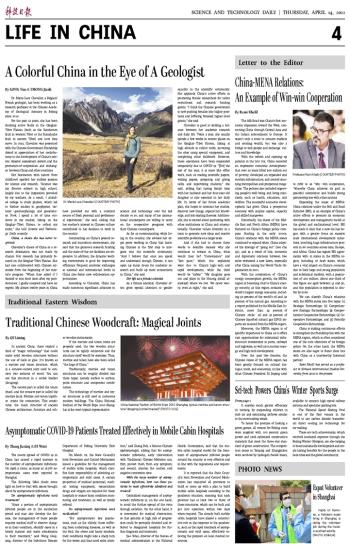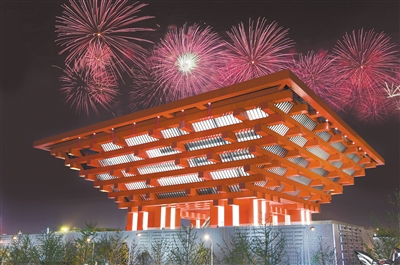
 |
| China National Pavilion of World Expo 2010 Shanghai, typical mortise and tenon structure "dougong (corbel bracket)." (PHOTO: VCG) |
In ancient China, there existed a kind of "magic technology" that could make solid wooden structures without the use of nails or glue. It's known as a mortise and tenon structure, which is a concave-convex joint used to connect two sections of wood. You can see this structure in a corbel bracket (dougong).
The convex part is called the tenon (mao), and the concave part is called the mortise (sun). Mortise and tenon together create the connection. This constitutes the main structure of ancient Chinese architecture, furniture and other wooden instruments.
If the mortise and tenon joints are properly used, the two wooden structures can be tightly connected and the structure itself would be seamless. Thus, mortise and tenon have also been called "the Lego of China."
Traditionally, mortise and tenon structures can be roughly divided into three types, namely surface to surface, point structure and component combination.
The technology of mortise and tenon structures is still used in numerous modern buildings. The China National Pavilion of the World Expo 2010 Shanghai is the most typical representative.







